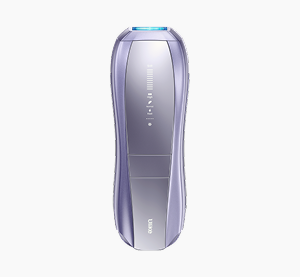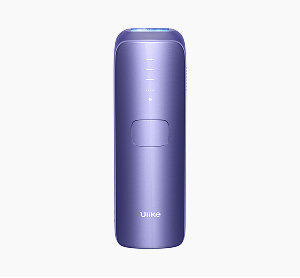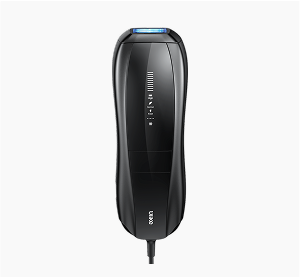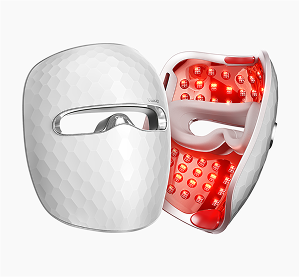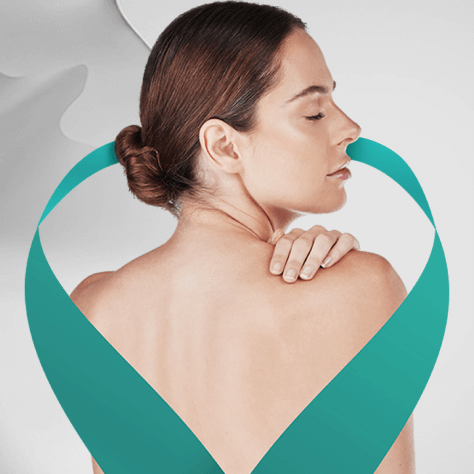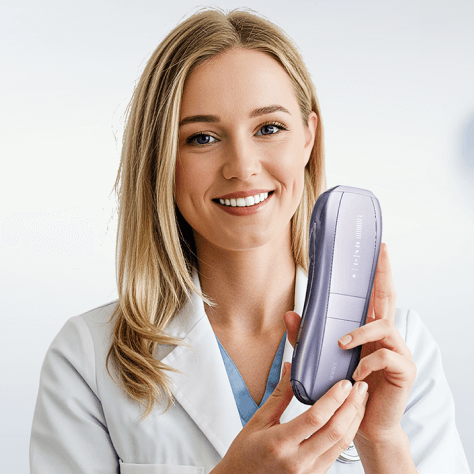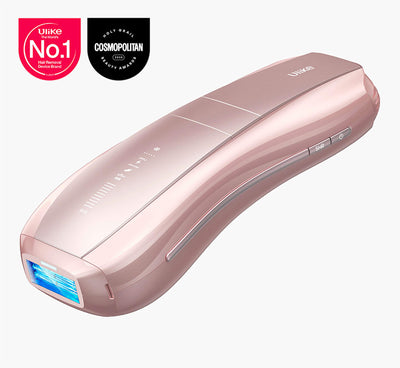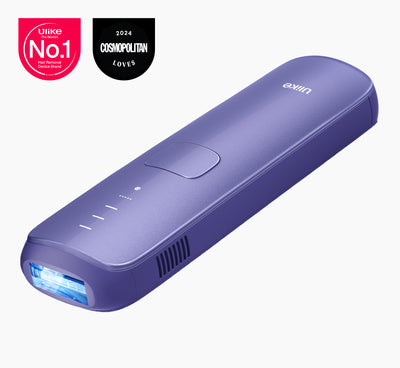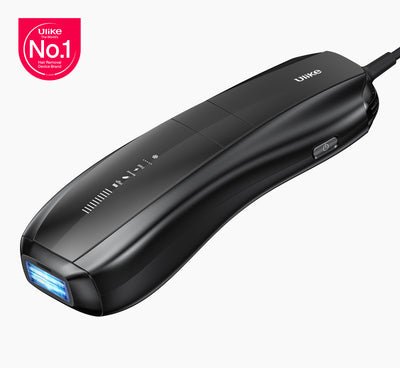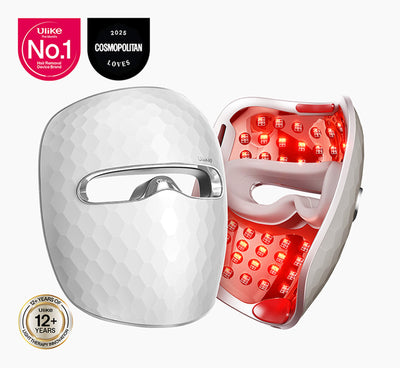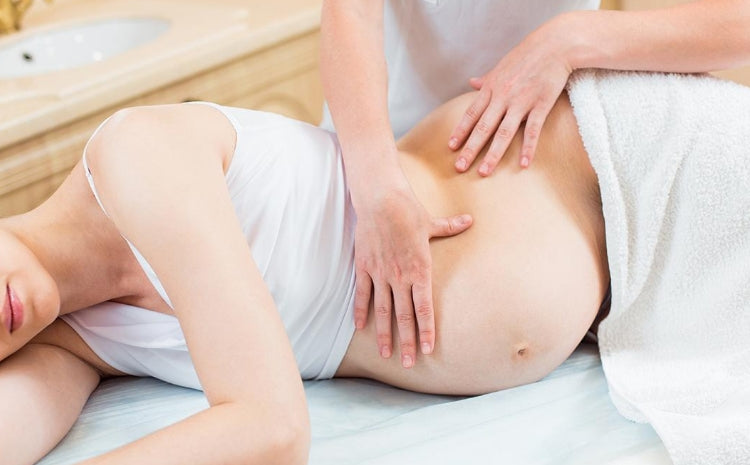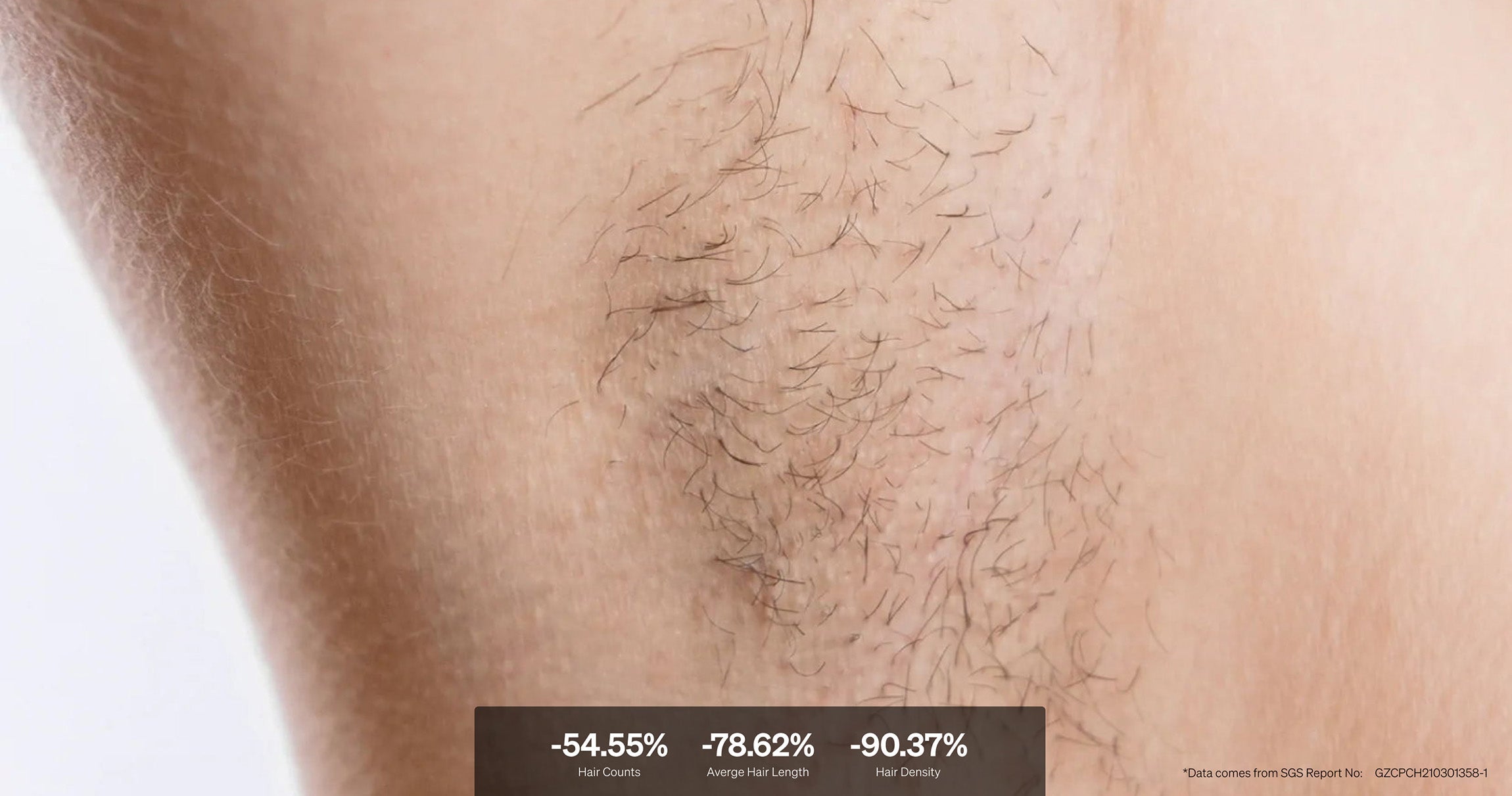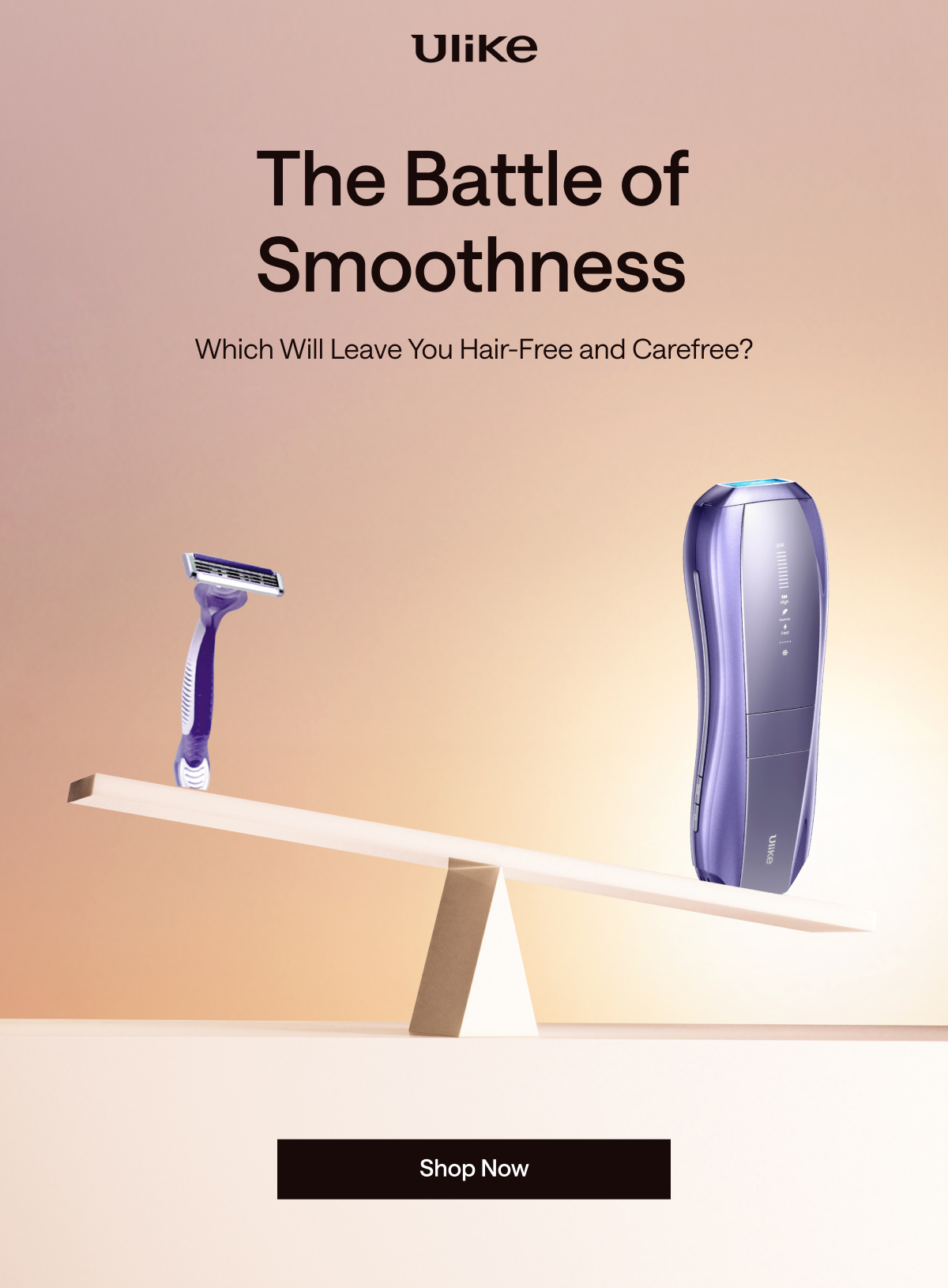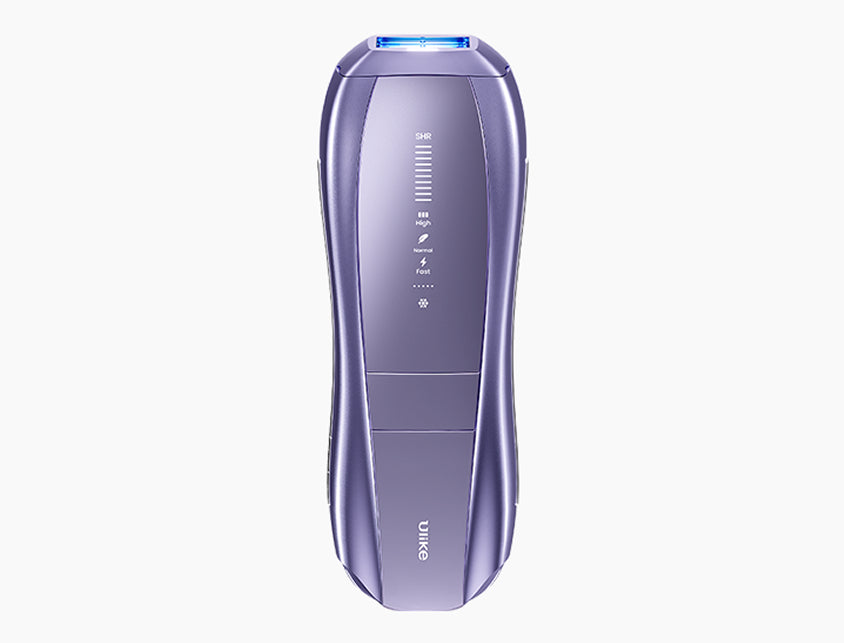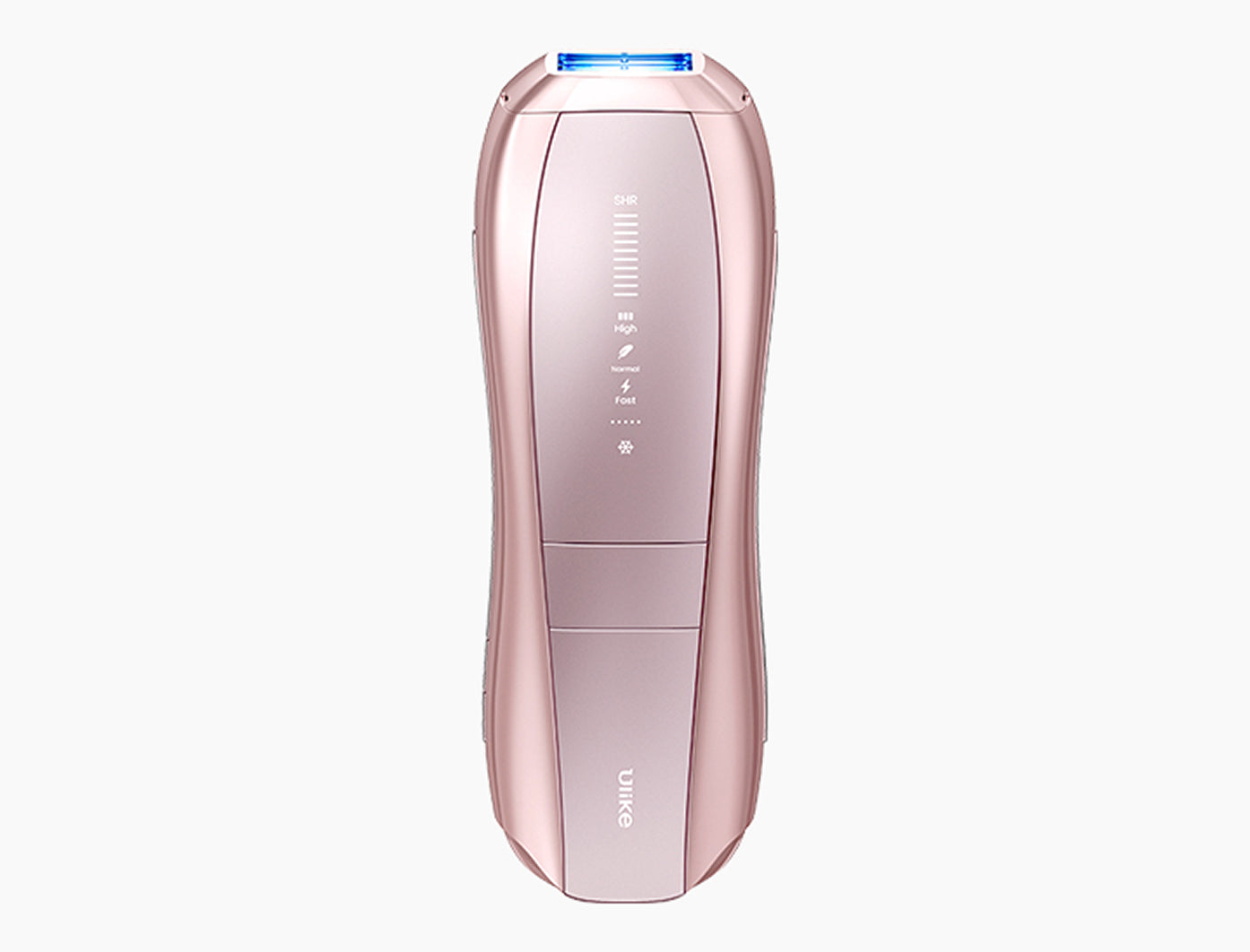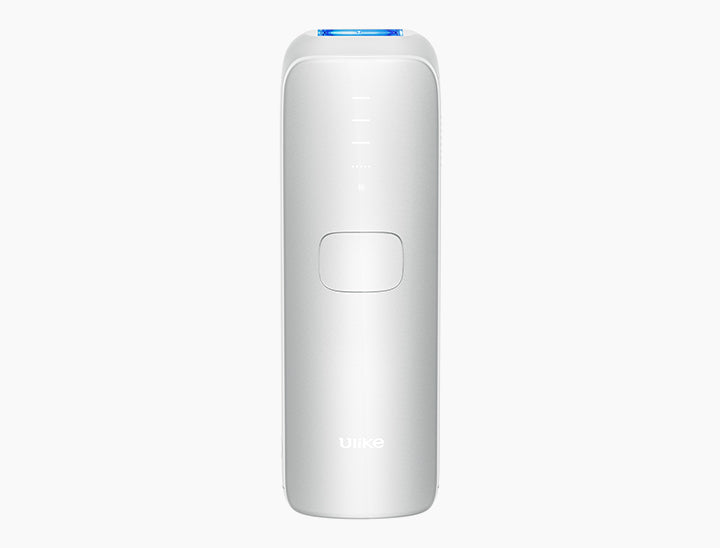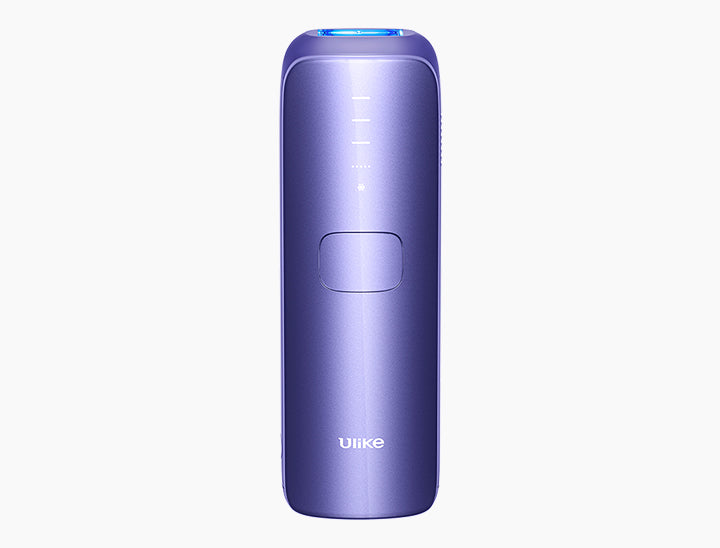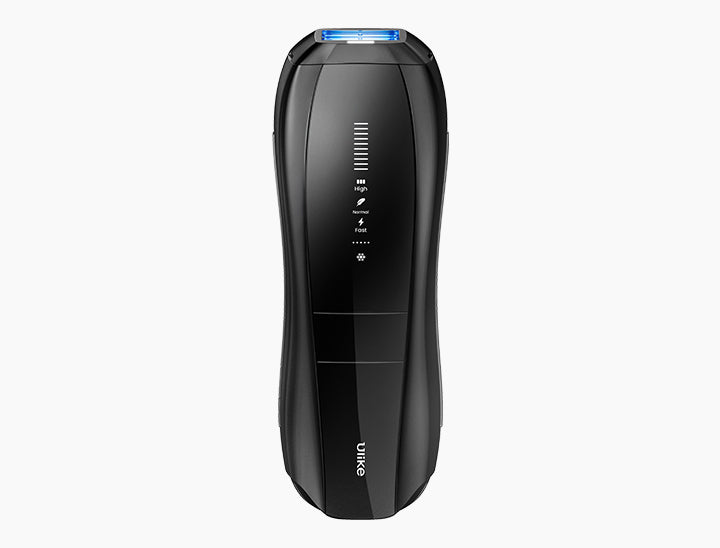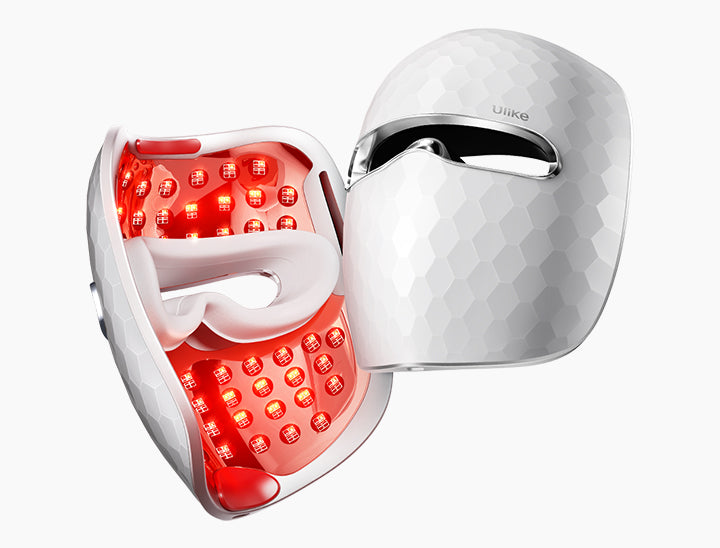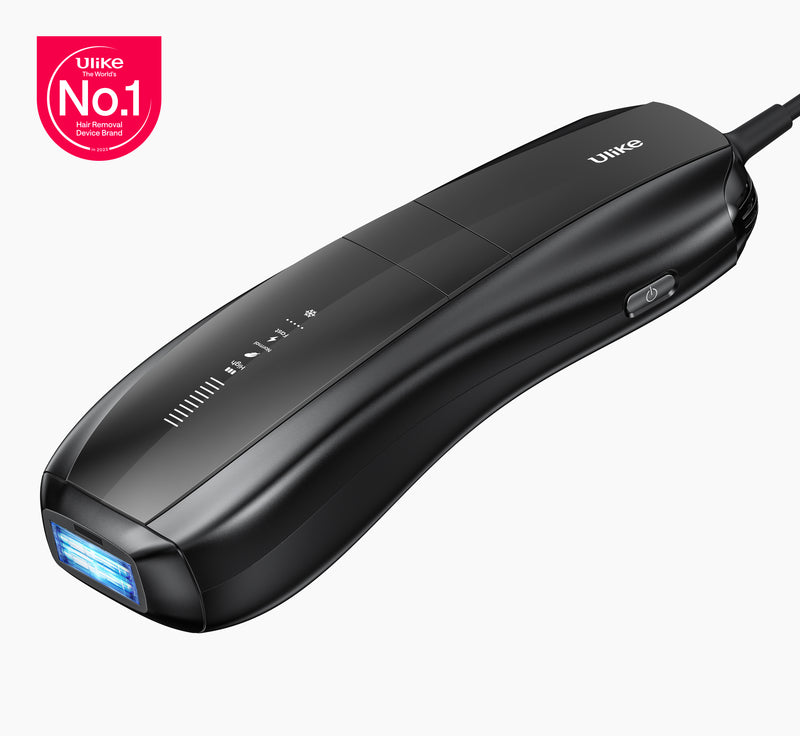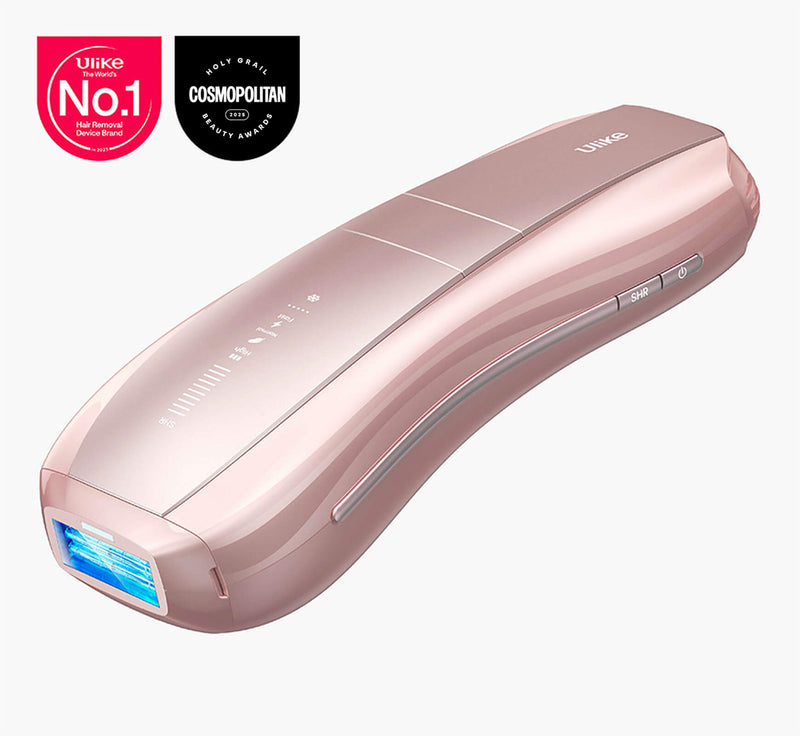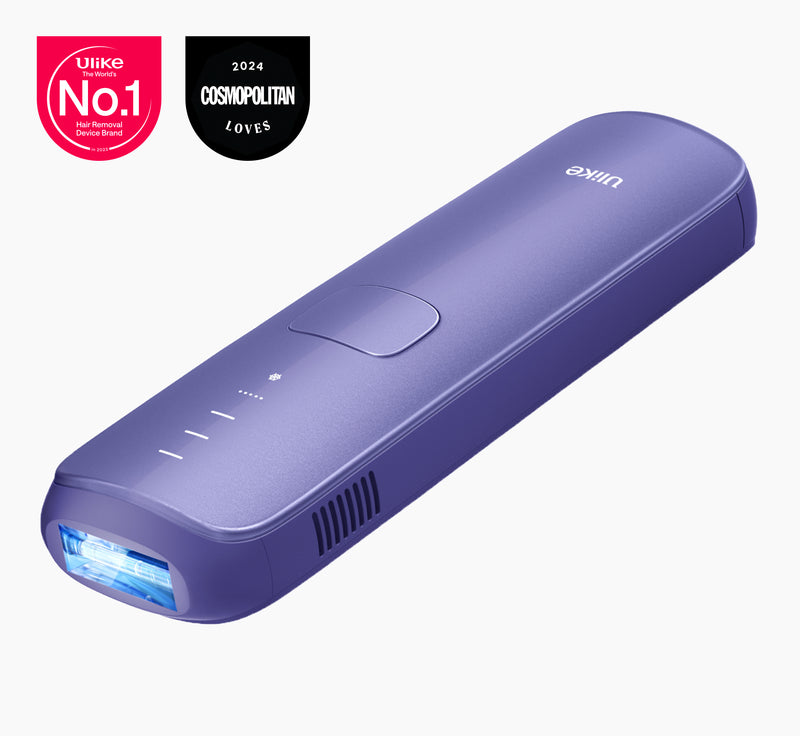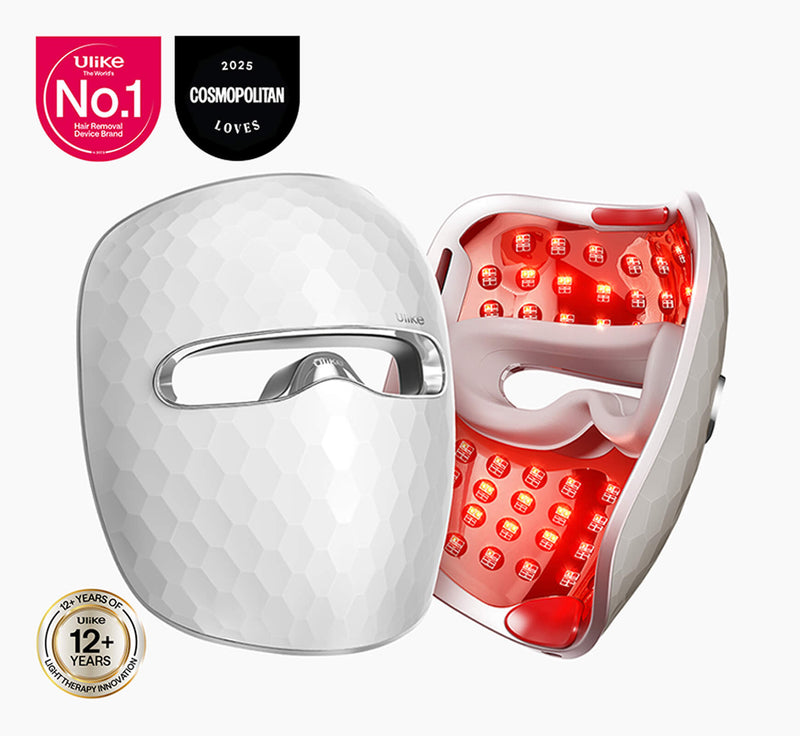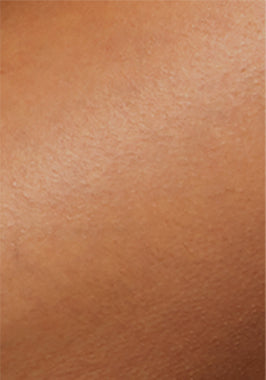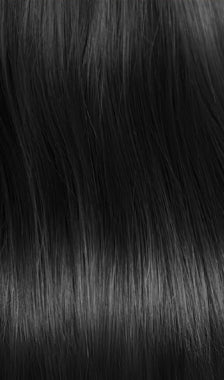
If you want to get rid of pubic hair, Brazilian waxing is one great method. But, if you are planning on getting a Brazilian wax during your pregnancy, it may not be a simple decision. Since your body is going through a lot of changes throughout the pregnancy, getting a Brazilian wax can be done with caution.
In this article, you will get deep insights into Brazilian wax during pregnancy or whether can you get Brazilian wax while pregnant.
Understanding the implications of **Brazilian waxing during pregnancy** is essential for expecting mothers who might be considering this hair removal method.
Understanding the implications can help inform your decision and ensure a safe experience.
Table of Contents:
- Part 1: What are the Effects of Pregnancy on the Body?
- Part 2: Is It Safe to Get a Brazilian Wax While Pregnant
- Part 3: Precautions and Essential Tips for Brazilian Waxing During Pregnancy
- Part 4: Alternatives to Brazilian Waxing During Pregnancy
Part 1: What are the Effects of Pregnancy on the Body?
Pregnancy is one of the stages in a woman’s life that brings a lot of changes to her body like weight gain, breast changes, changes in her cardiovascular and respiratory system, etc. When the body is going through so many changes at once, it’s a little difficult for the lady to get Brazilian wax just like her normal days.
Hormonal Fluctuations and Their Impact on Hair Growth
A lady will also notice so many hormonal fluctuations that will impact how hair grows on her body. For example, the levels of estrogen will increase. With the increased estrogen levels, she will notice that the hair gets thicker. Also, hair shedding will reduce because the hair growth phases will increase.
Increased Sensitivity and Potential Discomfort During Pregnancy
During pregnancy, the skin becomes very sensitive and it can easily get dry and/or break out. That’s why, the pregnant lady might experience a lot of discomfort as even minute touches might make it painful for her.
Due to this increased sensitivity, it is advisable to approach any hair removal methods, including waxing, with caution during pregnancy, as the skin may react differently than usual.
Due to these changes, it is advisable to consult with a professional before proceeding with waxing, as they can offer personalized advice and techniques that may suit your condition better.
Furthermore, the pregnancy will also change a female’s breasts. They will become sore during the early stages of pregnancy.
Waxing and Melasma
Melasma is some sort of condition, in which dark and pigmented patches can appear on the face of a pregnant lady. Increased levels of estrogen and progesterone usually cause this condition.
Now that so much goes on with a female body during pregnancy, waxing is sure to become more painful and more discomforting.
As a result, many women may find that they prefer to **postpone waxing** until after pregnancy to avoid unnecessary discomfort.
As a result of these hormonal changes, women may find that their skin is not only more sensitive but also more reactive to various treatments, including waxing.
This increased reactivity can lead to more noticeable **pain and irritation** during the waxing process, making it crucial to assess your comfort level beforehand.
Part 2: Is It Safe to Get a Brazilian Wax While Pregnant?
Concerns and Misconceptions
- Many people think that Brazilian waxing can cause infections in the vaginal area, so it’s always better to not get waxed until the baby is born.
- Even though Brazilian waxing can be more painful for a pregnant lady than any normal day, the level of sensations still varies. So, whether or not you can handle the pain depends on your personal pain tolerance levels.
- Harm to the baby again remains a matter of concern. A lot of people believe that getting Brazilian wax can put stress on the vaginal area, and that will ultimately harm the baby. However some people think that the stress due to Brazilian waxing is short-term, so it won’t harm the baby.
It’s important to note that while some may hold this belief, proper hygiene practices during waxing can reduce the risk of infections.
Practicing good hygiene not only helps in reducing infection risks but also promotes a safer and **more comfortable waxing experience** during pregnancy.
Ultimately, it's advisable to weigh your **personal pain tolerance** and consult with a professional to determine the best approach for hair removal during this sensitive time.
This variation in pain tolerance can also be influenced by hormonal fluctuations and emotional state during pregnancy.
Expert Opinions and Recommendations
Most gynecologists suggest that Brazilian waxing during pregnancy isn’t as dangerous as many people think, and if you can tolerate the pain, you are safe to go with the procedure.
On the other hand, estheticians expect ladies to inform them beforehand if they are pregnant because that will help them make necessary arrangements so that the entire process goes through smoothly.
This communication can ensure that the esthetician can adjust their techniques or products used to enhance comfort and safety.
Effective communication with your esthetician is key, as it helps ensure a more tailored experience that considers your unique needs during pregnancy.
Factors to Consider for Safe Brazilian Waxing During Pregnancy
- You should always go to a reputed salon with a professional staff, who will take care of all the necessary arrangements. Unprofessional staff is more likely to handle your pregnancy lightly, which can give you unwanted results.
- If this is the first time you are having a Brazilian waxing during pregnancy, consider getting a patch test to see if you can tolerate the pain levels.
- Post-waxing is essential, and it becomes more essential when you are pregnant.
Choosing a reputable salon not only enhances your comfort but also ensures that safety protocols are in place, which is especially important during pregnancy.
Choosing a salon that prioritizes safety and cleanliness can significantly minimize any potential risks associated with waxing during pregnancy.
This patch test can help determine how your skin reacts and whether you can manage the discomfort before committing to a full Brazilian waxing session.
A patch test is a wise step for first-timers, as it allows you to gauge your body's response and pain tolerance before undergoing a full waxing session.
Post-waxing care is crucial, especially during pregnancy, as it helps prevent irritation and ensures skin recovery.
Aftercare is essential, as it directly impacts your skin's ability to heal and minimizes the risk of complications during pregnancy.
Safety considerations are crucial when deciding whether to undergo Brazilian waxing during pregnancy, as hormonal changes and skin sensitivity may affect the experience.
Part 3: Precautions and Essential Tips
Communication With the Esthetician About Pregnancy
When estheticians know that you are pregnant, they will do the procedure more carefully. Your esthetician will also make sure not to do anything that can harm the baby or make your pain worse.
Clear communication with your esthetician about your pregnancy status can lead to a safer and more comfortable experience during the waxing procedure.
Also, if your esthetician knows that you are pregnant, they might arrange some additional items like a first-aid kit (just in case). If you have any kind of discomfort, you can speak to your esthetician about it to get a solution, if necessary.
Choosing a Reputable and Experienced Esthetician
You can choose a reputable and experienced esthetician to make sure that there’s no negligence during the waxing process. Try checking for online reviews to see who’s the best in your area.
Researching and selecting a reputable esthetician can significantly enhance your confidence and peace of mind during the waxing process.
Choosing a skilled esthetician not only enhances your experience but also contributes to a safer environment, particularly during pregnancy when extra care is needed.
You may want to speak to an esthetician if they have any experience in Brazilian waxing a pregnant lady. That will give you confidence in him/her.
Asking about an esthetician's experience with pregnant clients can help ensure that you receive the most attentive and careful service possible.
Even though a salon is hygienic, it’s important to check out your esthetician’s personal hygiene choices. Sometimes, estheticians don’t stay as hygienic as their work environment.
Checking your esthetician’s personal hygiene is just as important as the salon’s cleanliness, as it directly impacts your safety and comfort during the procedure.
Proper Positioning and Support During the Waxing Session
If your belly has grown out, then lying flat will be really challenging. That’s when you will need extra pillows and some other support, as needed. Remember that lying on your back for a long time, especially after your third trimester is very dangerous, so avoid that.
In some cases, the estheticians can ask their pregnant clients to hold the skin taut, so the ladies feel extra comfort. Your esthetician will also guide you on how to hold the skin taut the right way.
Proper positioning can greatly enhance your comfort; following your esthetician's guidance will help ensure a smoother waxing experience.
Proper positioning can greatly enhance your comfort, so follow your esthetician's guidance on how to hold the skin taut effectively during the waxing session.
Use of Suitable Waxing Products and Techniques for Sensitive Skin
You may ask for hypoallergenic wax, which is designed for super-sensitive skin. Then, never hesitate to ask your esthetician to do a patch test before the bikini wax while pregnant.
Requesting hypoallergenic wax can be a wise choice, as it may help minimize the risk of allergic reactions or skin sensitivities while pregnant.
You will also need to use post-waxing products, but remember to filter out any products that have harsh chemicals. Replace them with gentle products, so there’s no risk of any discomfort and harm to the baby.
Using gentle post-waxing products is crucial because harsh ingredients can lead to skin irritation and discomfort, which is especially important to consider during pregnancy.
Choosing gentle, chemical-free post-waxing products is essential to avoid any potential discomfort for you and your baby.
Part 4: Alternatives to Brazilian Waxing During Pregnancy

Temporary Hair Removal Methods Suitable for Pregnancy
If Brazilian waxing sounds painful during your pregnancy but you still need to get your hair removed, you can go for alternative methods. Try shaving or using depilatory creams. Also, epilating and threading are also some common techniques that many pregnant females prefer instead of Brazilian waxing.
Trimming or Shaping Instead of Complete Hair Removal
Shaving, again, has a risk of cuts and infections. So, you can try trimming your vaginal hair or shaping them in such a way that they don’t create discomfort. Instead of getting your bikini line hair completely removed, trimming and shaping remains a popular choice.
Postponing Waxing Until After Pregnancy
If Brazilian waxing sounds painful, shaving has a lot of risk, and trimming and shaping isn’t a good idea, then the only choice that remains is to postpone your waxing session. Remember, now that you have planned to postpone waxing, it’s a good idea to speak to your doctor. Your doctor will give you a safe date when you can get Brazilian waxing done without any worries or risks. The next appointment can be a few weeks after you give birth because your vaginal area still needs some time to recover from such a long stress.
Conclusion
So far you have read the changes that a female body goes through during pregnancy. You also read if it’s safe or not to get Brazilian waxing, safety precautions, and some alternate methods of Brazilian waxing. Remember that no matter what other ladies say, it’s your personal choice based on how much pain you can tolerate.
Even if you cannot tolerate pain, that doesn’t mean you are weak. If postponing is an option for you, consider that, because it’s better to take precautions. A good and informed decision will keep you away from unwanted pain and discomfort.
